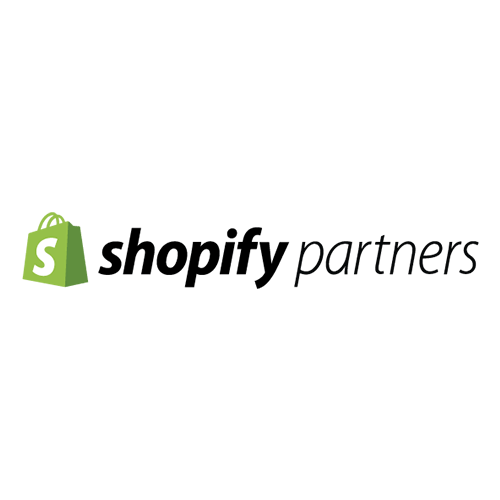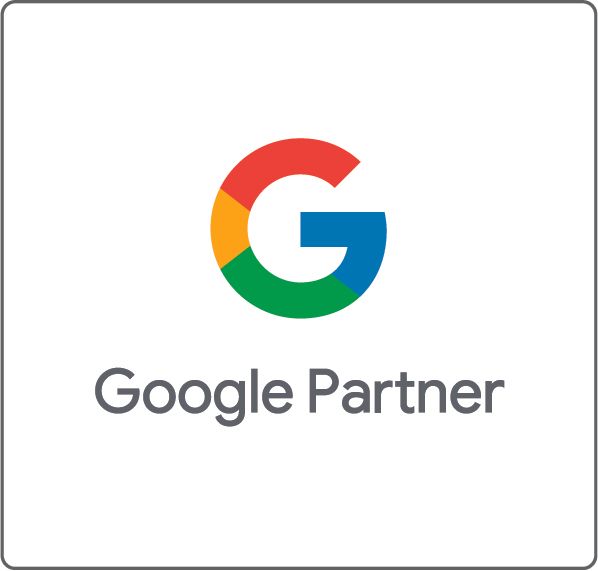TikTok vs. Reels
When everyone was stuck at home during the beginning of the coronavirus pandemic, short-form video platform TikTok began to blow up overnight. In 2020, the app was downloaded
850 million times. Naturally, Instagram responded to this trend with the
launch of Reels, a feature that allows users to create short videos with different sounds and effects, and bears a striking resemblance to TikTok. However, the two platforms differ in audience, algorithms, and editing options. Here are the biggest differences between TikTok and Reels to help you decide which would be better for your brand.
Video Length
Initially, TikTok allowed users to record up to a minute of content, with 15 second clips being very popular. However, in July of 2021, the app extended the maximum length to
a whopping three minutes. Reels, on the other hand, started out with a 30 second cap, and have since increased to
a minute long. Brands should keep in mind the length of the content they plan to post when deciding between TikTok and Reels.
Instagram has more options for the kinds of content users can share. The app started out as a photo sharing platform, and eventually added more features, like Stories, Videos, and Reels. TikTok only allows users to share short videos, which are shared directly to users’ feeds, while Reels can be shared in feed, in the Reels tab, in Stories, and more recently,
on Facebook. Creators can now make Reels on Facebook, and gain more exposure through the platform’s newsfeed.
Captions and Comments
TikTok limits video captions to 100 characters, while Reels have a limit of 2,200 characters, so TikTok users rely heavily on their videos to get their point across. Comment length is also limited on TikTok, with users only being able to post 150 characters at a time. If your goal is to start long discussions with your followers in the comment section, Reels would probably be a better option.
It is important to consider how customizable the platforms’ video editing capabilities are. TikTok gives users an endless amount of options when it comes to editing. Users can add their own filters, use community filters, add voice overs, create their own music or sounds, use different fonts and emojis, and duet other videos. Reels are very limited in their options for editing in comparison to TikTok. Reels allow users to add audio, text, emojis, or gifs, and Instagram also introduced Remix Reels, which mimic TikTok’s duet feature.
Brands and users struggled to decode TikTok’s algorithm as they realized how easy it was for certain videos to go viral overnight. Eventually, the platform released
a post sharing how they recommend videos on their For You Page. The TikTok FYP is customized based on users’ interests, through interactions such as likes, comments, and shares, what kind of content and hashtags they post, and the language they use to search for videos. Instagram hasn’t said much about their algorithm for Reels, but they do curate the content in the Explore section based off of users’ interactions. However, TikTok’s algorithm is much more personalized, with no two people’s FYPs looking the same.
Paid Advertising
Advertising is very different on TikTok, because the cost of running ads is very high. Bigger brands like Nike and Disney have no problem paying for TikTok’s $500 minimum per campaign. TikTok’s rapid growth allows them to charge more for ads, because brands are quickly trying to capture the app’s audience. If your brand is smaller and can’t afford to buy ads, collaborating with influencers could be a good way around the platform’s high advertising price. In July of 2021, Instagram introduced ads on Reels to help better compete with TikTok.
Audience
Although TikTok and Reels are similar in content, they are very different in demographics. TikTok's primary user base is younger than Instagram’s,
between 14 and 24 years old, and there are very few users over the age of 34. 57% of Instagram users are between 25 and 30 and the next biggest age groups are people from 18 to 24 and people from 30 to 49. If your target audience is on the younger side, TikTok might be a better fit for you.
Although TikTok and Reels both offer similar types of content, they have different demographics and can help your business achieve different goals. It might be worth trying both to see what works best for your brand and reach a wider audience! However, brands should be wary of reposting TikToks onto Reels. In February 2021, Instagram posted best practices for improving the performance of your Reels. Posting videos that have been “visibly recycled from other apps'' will actually hinder their performance because the algorithm will downrank them. In other words, be sure to make your TikToks and Reels separately so that they’ll reach more people!
Never miss an update from “The Shoppe,” sign up for our email list today!
Subscribe
Sign up with your email address to receive news and updates.
Subscribe
We respect your privacy.
















